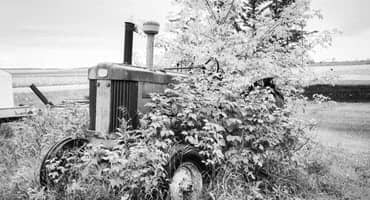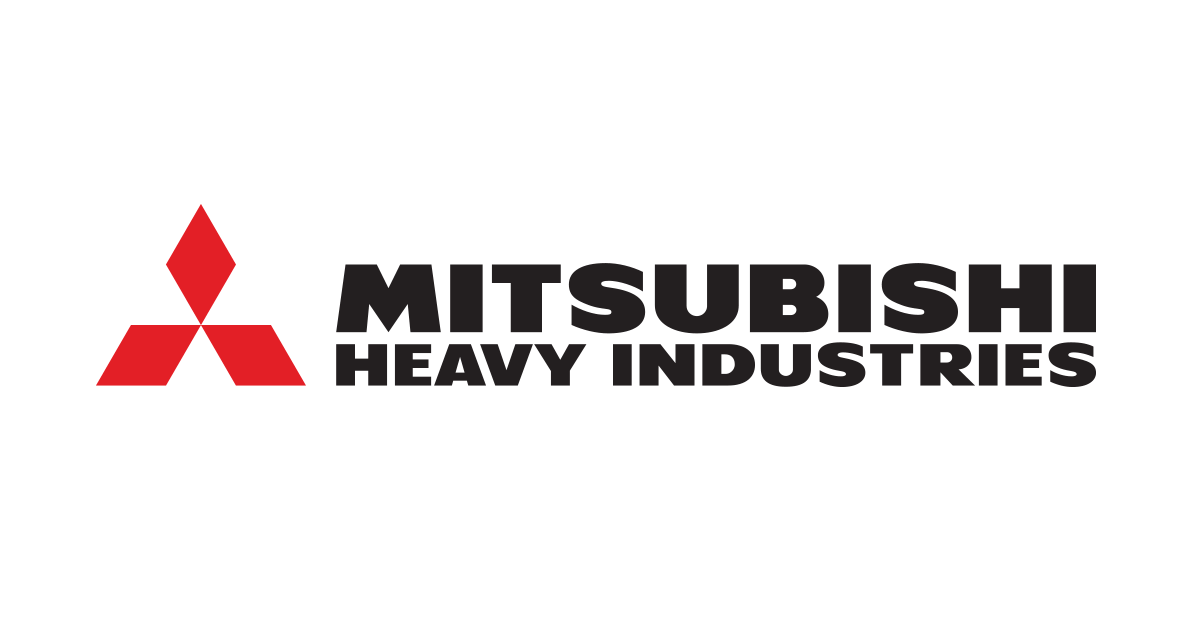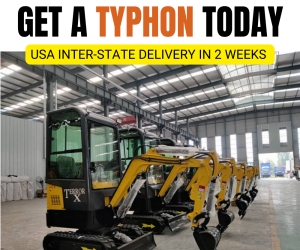Bulldozer Falls Off Trailer, Kills Utah Father and Daughter
The dozer broke free, slid off the driver’s side of the vehicle and landed on a GMC pickup truck, killing two and injuring three...

A man and his teenage daughter were killed near Ogden Canyon, Utah, after a bulldozer fell off a flatbed truck and onto their pickup truck.
According to the Utah Highway Patrol, at 12:49 p.m. on July 6, the truck transporting the Caterpillar bulldozer was traveling east on SR-39. As the driver negotiated a righthand curve near mile marker 9, the bulldozer broke free, slid off the driver’s side of the vehicle and landed on top of the westbound GMC pickup truck.
Richard David Hendrickson, 57, and his daughter Sally, 16, of Uintah, Utah, were pronounced dead on the scene. Hendrickson was the CEO and president of Lifetime Products, a manufacturer of sporting goods and outdoor products. A news release from the company said Hendrickson’s wife and two other children sustained non-life-threatening injuries.
Traffic was halted at both ends of Ogden Canyon for several hours for the crash investigation.
The accident has also sparked debate about the safety of the 5-mile section of State Route 39 between Ogden and Pineview Reservoir. Following the crash, Huntsville, Utah, resident Todd Caron started a Change.org petition calling for “regulation on the types of vehicles permitted” on the “precarious piece of infrastructure.” More than 4,000 signatures have been collected to date.
Utah DOT spokesperson Mitch Shaw told KSL.com, “Like many of the state's canyon roads, there are spots where it's narrow and steep, and there are curves to navigate. But if motorists drive for the conditions they are in, follow the speed limit, etc., the road is safe.”
The Utah DOT will conduct a separate review and investigation of the crash.

Load Securement Best Practices
When hauling heavy equipment, such as bulldozers, keep the following best practices in mind:
- Do not operate or load equipment that you do not know how to safely operate.
- When possible, place the equipment against a vehicle structure to help prevent forward movement – unless the weight distribution or securement considerations will not allow.
- Be cautious when attaching securement devices over brake or hydraulic hoses or cylinders to avoid damage to those components.
- Use edge protection to prevent damage to the tiedowns or to the equipment.
- Whenever possible, use the equipment manufacturer’s designated attachment points and follow the manufacturer’s securement recommendations.
- Do not use any attachment point that is of questionable strength or suitability.
- Chain is the preferred tiedown for heavy equipment and machinery.
- Use direct tiedowns whenever possible, but keep in mind that direct tiedowns require the use of more tiedowns than when using indirect.
- Use chocks, cradles, wedges, or other means placed against the wheels to prevent rolling of wheeled vehicles. These devices need their own securement.
- Stop and check the load securement 50 miles into the trip and every three hours or 150 miles after. Bumpy roads, acceleration and deceleration can cause loads to shift and tiedowns to become loose.
Following good and compliant securement processes will “keep things in place” not only while moving equipment from place to place, but also during an accident or other extreme maneuver.
Click here for more tips on securing and hauling heavy equipment.

 machineryasia
machineryasia 





